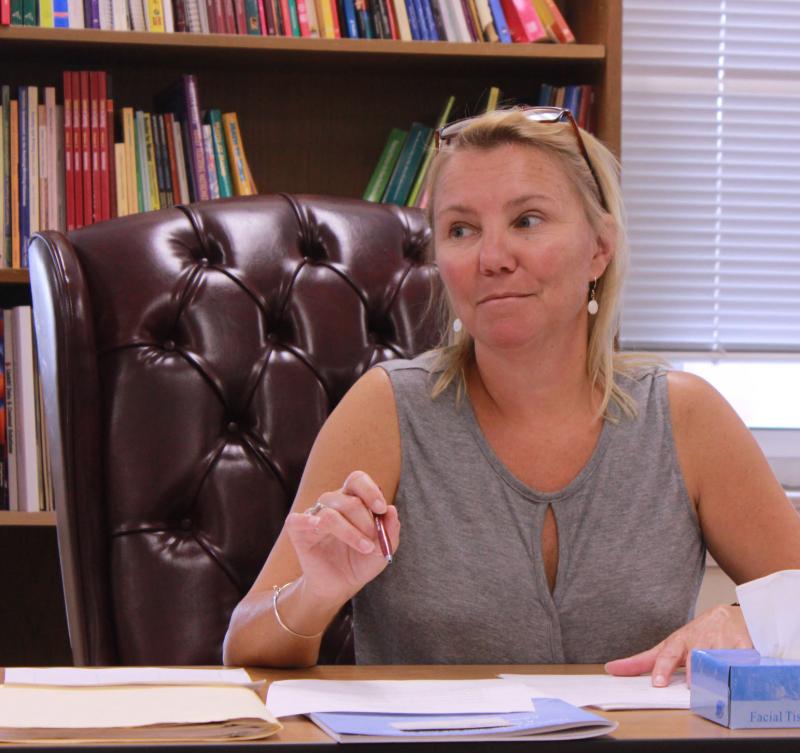Task force: opioid crisis increases need for foster families
Wareham has an urgent need for foster families, according to its Opioid Task Force.
“We already had a need,” explained Public Health Nurse Connie Dolan, “and the opioid epidemic has increased it even further.”
Two foster care recruiters from the Department of Children and Families, Kathryn Wegner and Kara Hemingway, attended a recent Opioid Task Force meeting to explain the effects of the crisis. The pair clarified that Wareham itself has only six "unrestricted" foster families. The term "unrestricted" indicates a permanent foster home which is not related to the foster child in question; Wegner stressed that they always try and place a child with family first, but that it wasn’t always doable.
Wegner also indicated that the opioid epidemic statewide has brought five times the number of children as usual into the foster system. This is backed up by the Department of Children and Family’s latest report, which involves data from 2015. The data shows a sudden upswing in in foster care cases starting in 2013, after a long downwards decline.
The department does not break its information down by town, but its Plymouth region (of which Wareham is a part) counted 1,167 unplaced foster children in September of 2015, the last available data. The majority of unplaced children (64 percent) are aged 6-18.
Children who can’t immediately be placed generally end up in STARR beds, short-stay group homes where they are evaluated. Unfortunately for unplaced children, they tend to be shuffled between group homes depending on where beds are needed.The representatives are concerned that the constant bouncing around affected children even more.
Foster homes often close after adopting children formally as well; the department only allows foster homes to have a maximum of four children in the home, including any biological children. “It’s fantastic for the kids being adopted,” Hemingway explained, “but then we lose a good family, so we’re always trying to bring more in.”
The current system for becoming a foster parent involves an application, a safety check, a pre-service training program called MAPP, references and home visits, and official licensing.
The expected length of time between the application and the official licensing as a foster parent is somewhere between six to nine months. “It’s a hard sell, getting people to foster” admitted Wegner. “But when they can see the need…”















